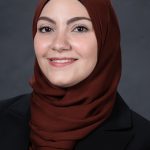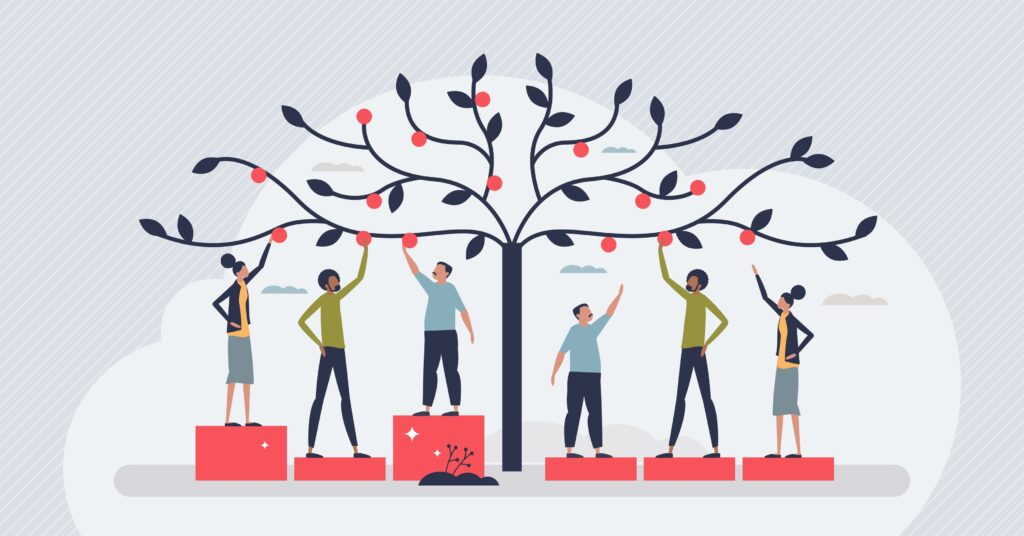As I joined the psychiatry team during morning rounds, it was my turn to present on a new admit: a patient with congenital deafness presenting with auditory hallucinations and suicidal ideation. Communicating in American sign language (ASL) through a video interpreter, I was poorly capable of understanding his history. It was generally difficult to effectively communicate due to several limitations such as issues with the connection, screen lag, and the use of different interpreters based on availability. I kept thinking about how the history-taking aspect of the interview is integral to understanding this patient’s symptoms and making an accurate diagnosis, and how limited it had been due to the communication (or linguistic) barriers. I reflected on how negatively this barrier would influence this patient’s outcomes and satisfaction with his care, and how it put him at a lower level of care compared to other patients. It was important to mitigate this barrier to ensure this patient felt comfortable in his care and heard by his healthcare providers. Providing the right accommodations to patients with disabilities also ensures a state of health equity for all patients. As the medical student overlooking this case, I discussed multiple modalities with the team to make sure we obtained an in-person professional ASL interpreter for him.
This case got me thinking about the concept of health equity and the myriad of barriers that patients face when accessing healthcare. We have been taught about this topic multiple times during the first two years of medical school, and third year is the time to see it in action. Sometimes, however, the healthcare system fails to address these barriers, which is when advocacy on our part becomes an integral part of the job.
In this case, it was a relief to see this patient become comfortable in interacting with us, his healthcare team, and other patients as he no longer worried about waiting for a video interpreter to help him; rather, an in-person interpreter was available at all times. Also, allowing periodic use of a personal phone in place of a landline telephone was important in facilitating communication between the patient and his family.
Health literacy is another aspect of communication that usually presents as a limiting factor for patients who do not speak English or come from a lower socioeconomic status (SES)/education background. In this case, the patient was a construction worker with limited health terminology and an added layer of a language barrier. While the use of simplified medical terminology usually bridges the communication gap between healthcare professionals and patients, it was more difficult to explain psychiatry terminology in ASL. For example, many times the patient described episodes of anxiety as “nerves,” which was initially difficult to comprehend until it was clear “nerves” simply referred to his symptoms of anxiety. Similarly, when describing the diagnosis of psychosis to the patient, the interpreter had to spell out the word first and then the psychiatry team explained the meaning to him directly. For that, the team and I spent multiple afternoons checking on the patient, sitting down with him, and explaining terms with the in-person interpreter available.
On his last day prior to discharge, the patient requested to speak with the team and myself. On a white board, the words “THANK YOU” in bold letters were written, along with him moving his hands in sign language indicating the same words as a form of appreciation. Although this patient’s experience was the first of many for me as a third-year student, it was one of the memorable experiences that inspire me to continue working on advocating for patients with disabilities and other healthcare disparities. This patient’s experience is not far from many other experiences I witnessed, and that makes me hopeful that we can make a positive impact in healthcare by caring about health equity and providing each patient the care they need.
For you the reader, I hope this story reminds you about the importance of health equity, understanding what it means, and applying it in the future on your journey to become a physician. I hope you remember this when you are treating a refugee patient with limited English and understanding of the American healthcare system, when you are taking care of a hospital patient from a lower SES who does not comprehend all the medical terminology used to describe their complex medical history, and when your patient tells you that they cannot follow up with surgery for tumor resection as they cannot afford the sliding scale fee (all of which are experiences I have witnessed myself).

Ghena Krdi
Ghena Krdi is a member of the University of Arizona College of Medicine – Phoenix, Class of 2025. She graduated from Arizona State University with degrees in Biological Sciences and Communication, and the University of Arizona with a Master’s in Medical Studies. She is passionate about health equity, improving patient care, increasing diversity in medicine and mentorship. In her free time, she loves hanging out with family and friends, exploring coffee shops, working on art projects and practicing fitness yoga.

